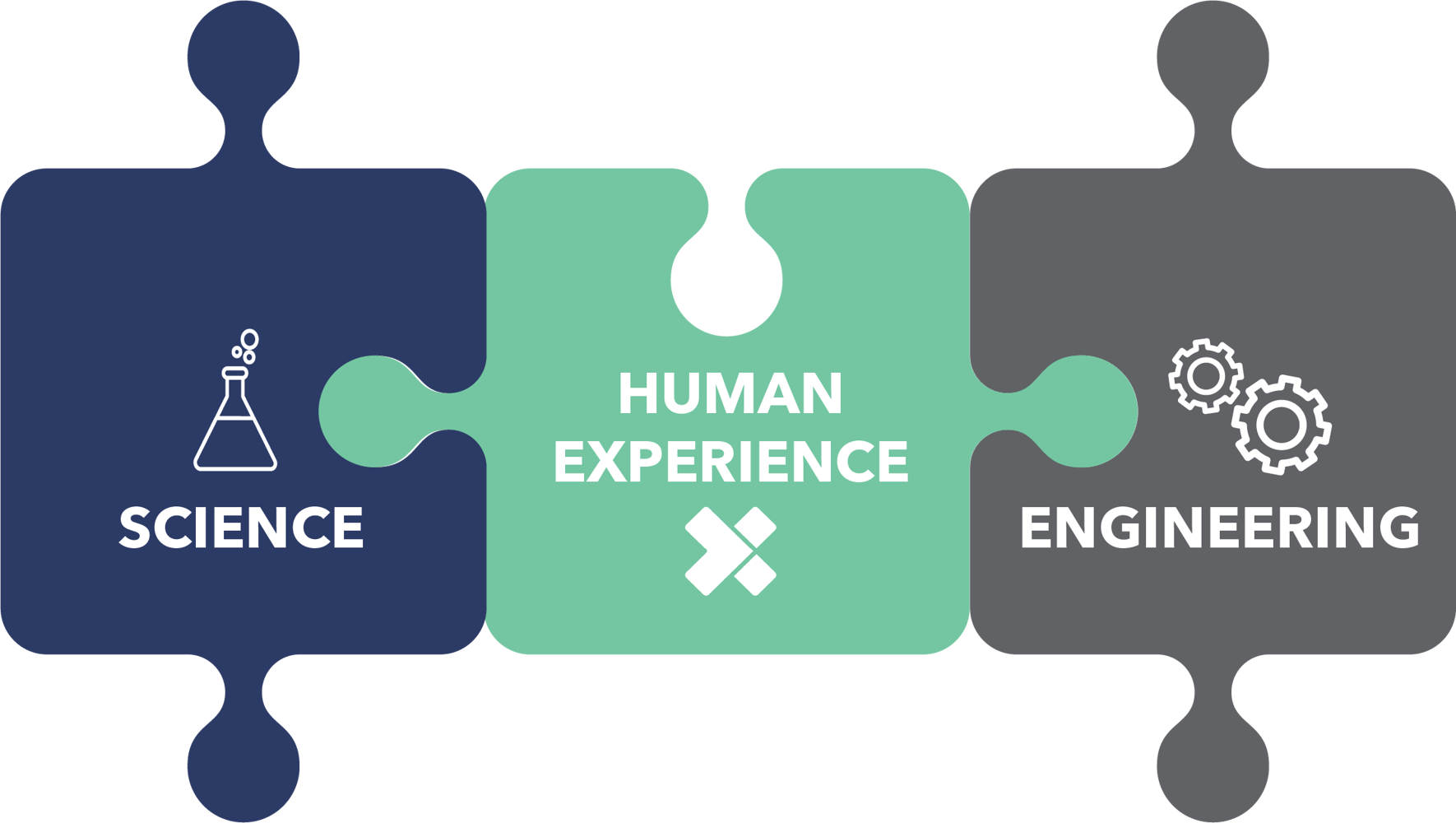Artificial intelligence (AI) is a powerful and ever-emerging technology that has the potential to improve capabilities across a multitude of industries.
Medical devices with artificial intelligence hold the promise of revolutionizing the health care industry, helping medical professionals more accurately and effectively diagnose and treat their patients and improve their overall care. You can also learn from experts, from home in this pandemic about various medical devices.

Along with its benefits, medical device artificial intelligence also faces challenges, including the need for regulation to keep up with the pace of technology advancement.
What is Artificial Intelligence?
Artificial intelligence is a technology that mimics human activity, decision-making, and learning. In the health care industry, AI-based medical devices could:
- Automate tasks, synthesize data from multiple sources, and pinpoint trends
- Process and analyze information from wearable sensors and identify disease or the onset of medical conditions
- Predict which patients are at an increased risk for disease, complications, or negative outcomes based on their medical records
- Support research by evaluating large amounts of data and monitoring treatment efficacy
Trends in Medical Devices with Artificial Intelligence
As technology advances, medical device companies are developing AI medical devices that serve three main functions:
- Chronic disease management Medical devices with artificial intelligence could monitor patients and deliver treatment or medication as needed. For example, diabetes patients could wear sensors to monitor their blood sugar levels and administer insulin to regulate them.
- Medical imaging companies are developing medical devices with artificial intelligence to conduct medical imaging with better image quality and clarity. These devices would also reduce a patient’s exposure to radiation.